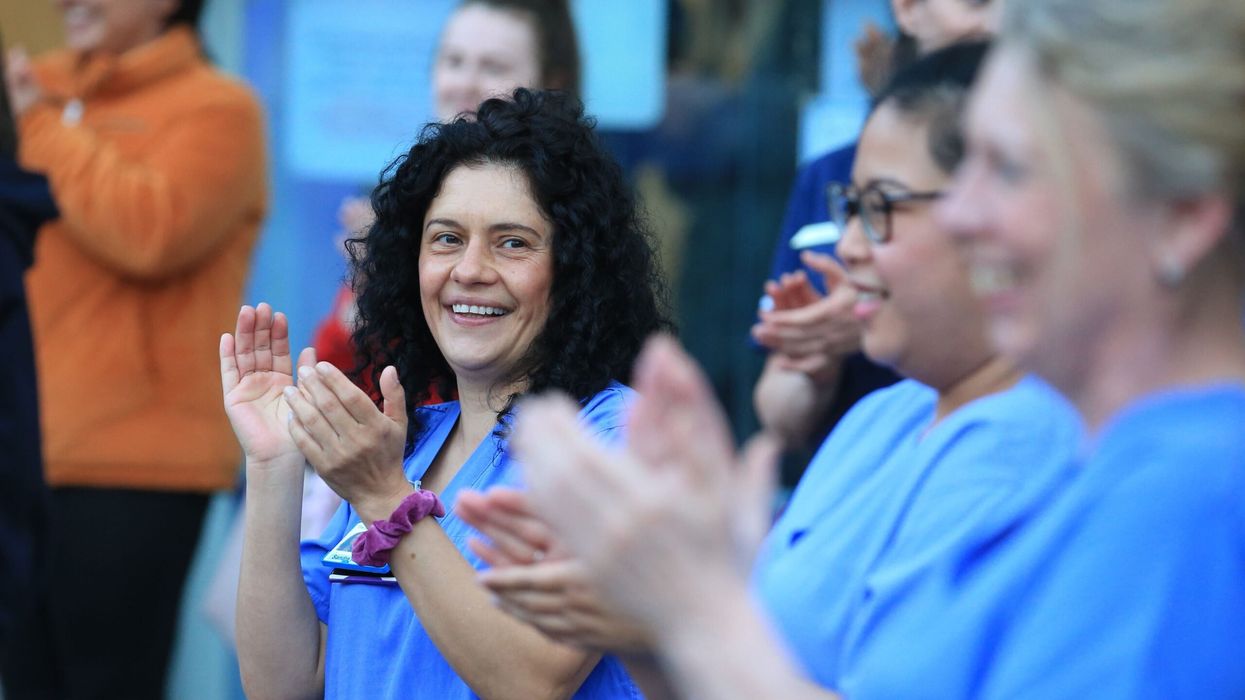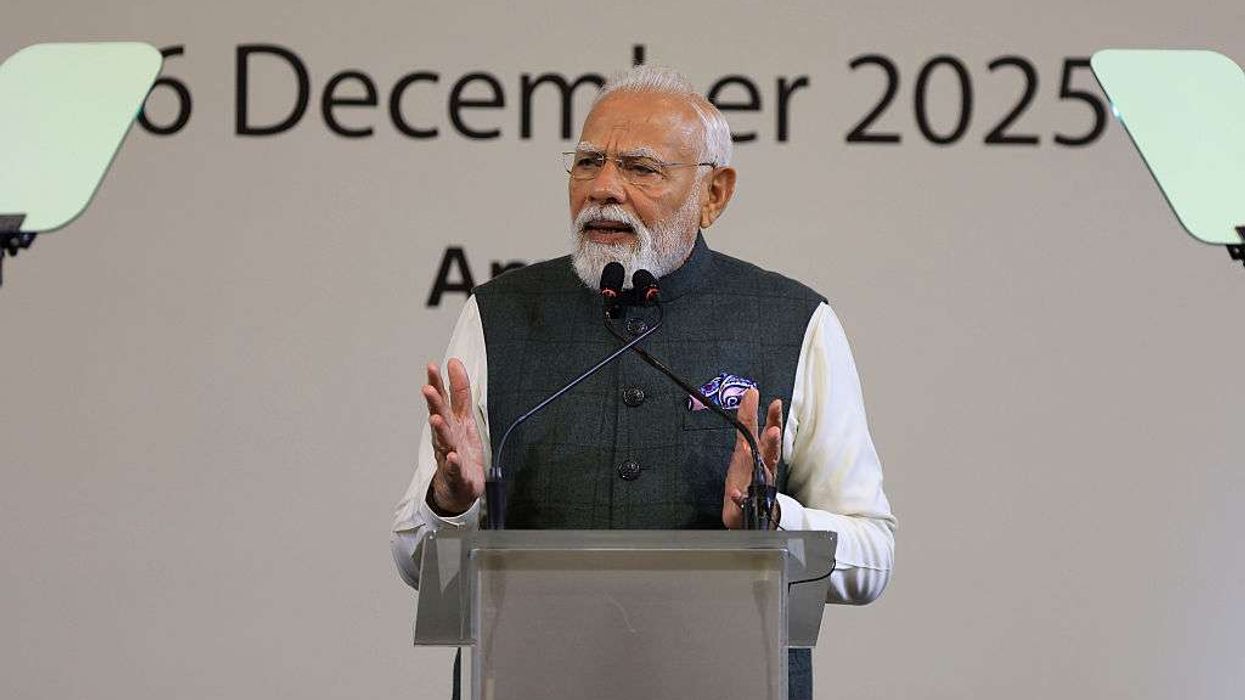THE public have a false perception of the number of asylum seekers who arrive in the UK, according to findings of a report by the thinktank British Future.
People mistakenly think asylum seekers make up more than five times as much of UK immigration, the new research has found.
On average, the public think those seeking asylum represent more than a third of total immigration (37 per cent) when in fact that figure is only around seven per cent.
Four in 10 Reform voters (39 per cent) and three in 10 Conservatives (31 per cent) think more than half of UK migration is from asylum seekers.
Concern about asylum seekers was driven by a visible lack of control of Channel crossings, the report’s authors said. The report from Immigration Attitudes Tracker by British Future and Ipsos further stated that prime minister Sir Keir Starmer is likely to have considerable ‘breathing room’ as he exceeds public expectations on immigration numbers (see comment on page 8).
The authors anticipate net migration to continue to reduce over the next year – partly through circumstance, partly due to the policies of the previous government.
Net migration to the UK fell more than 10 per cent in 2023, according to official figures. The number of people coming to the UK, minus the number leaving – was 685,000 in 2023, figures from the Office for National Statistics (ONS) showed. That is a fall from 2022’s record net migration figure, which was 764,000.
However, half the public (50 per cent) expects net migration to in - crease over the next 12 months and only 12 per cent expect it to fall.
According to the research, the public underestimates migration for work and study, which makes up most mi - gration to the UK.
People think a quarter of immigration (26 per cent) is for work, when the actual figure is around 40 per cent; and estimate that only 19 per cent is for study at UK universities (actually around 38 per cent).
Most people wanting to work in the UK still have to apply for a visa through the points-based system (PBS). However, since April 11, 2024, they have needed a confirmed job offer with a higher salary. Applicants now have to earn at least £38,700 – an increase of nearly 50 per cent from the previous £26,200 minimum.
The threshold does not apply to some jobs – such as in health and social care, and teachers on national pay scales. But overseas care workers can no longer bring family depend - ants with them.
Announcing the new rules, former home secretary James Cleverly claimed 300,000 people who were eligible to come to the UK in 2022 would no longer qualify. The view among the public shows a support for more foreign medical staff.
However, half the public (50 per cent) want more migrants doctors to come to the UK (14 per cent would like numbers reduced) and 52 per cent want more nurses from overseas, with just 14 per cent saying they would prefer fewer.
Four in 10 people (42 per cent) want migration for care home work to significantly increase, 28 per cent want it to stay at current levels, and 18 per cent want it reduced.
It was a similar response for other jobs, with 35 per cent of the public wanting more people to come to the UK as seasonal workers to pick fruit and vegetables, only 19 per cent want numbers reduced.
For teachers, engineers and construction workers, more of the UK public want immigration to increase rather than decrease.
The tracker research, which has followed public attitudes to immigration since 2015, finds that support for re - ducing immigration overall has risen sharply by over 10 points in the last two years, to 55 per cent (from 42 per cent in February 2022).
Around four in 10 people (38 per cent) are opposed to reducing numbers (23 per cent would keep at cur - rent levels, 15 per cent increase).
People struggle to identify, however, what immigration they would cut.
From a list of migrant roles – doc - tors and care workers to construction workers, catering staff, fruit pickers and engineers – in almost every role tested, support for reductions was no higher than 30 per cent (the one ex - ception being bankers, where 37 per cent want reductions).
British Future director, Sunder Kat - wala, said, “Most people will be surprised to see net migration falling over the next 12 months. Prime minis - ter Keir Starmer will exceed public expectations, giving him breathing room to reshape the government’s ap - proach – though James Cleverly may argue that he deserves the credit.
“But falling numbers may do little to ease the anxieties of those most concerned about immigration. Most people massively overestimate how much of the UK’s immigration is for asylum seekers, and these skewed perceptions give us an increasingly unbalanced debate about the immigration we actually have.
“Pressure on the government will be focused on Channel crossings, where a visible lack of control drives public concern and frustration – and the government will urgently need to find a workable, long-term approach that carefully combines compassion with control.”
Gideon Skinner, senior director of UK Politics at Ipsos, said: “The election of a new government hasn’t stopped public concern over immigration, with over half of Britons now wanting to see overall numbers reduced – with worries over asylum and channel crossings particularly driving public concern.
“Labour are not yet in the position of the previous Conservative government, who were criticised from all sides over their handling of the issue, but nor is it a particular strength. And the underlying challenge facing them remains the same, how to respond effectively to the complexities of public opinion on this topic.”

















